North East is the easternmost region of India. It is home to the eight most beautiful states of the country, including Sikkim, Arunachal Pradesh, Assam, Nagaland, Manipur, Mizoram, Meghalaya, and Tripura. North Eastern festivals mark the celebration of love, life, livelihood, and representation of indigenous tribes in one way or other. The people here are heartwarmingly inviting, and they are fashion aficionados. So much is in the North East; attending North Eastern Festivals gives a glimpse of the culture and livelihood that teaches us bevy things. Scroll down and get to know about the timing, significance, and areas of these festivals –
Table of Contents
Hornbill Festival
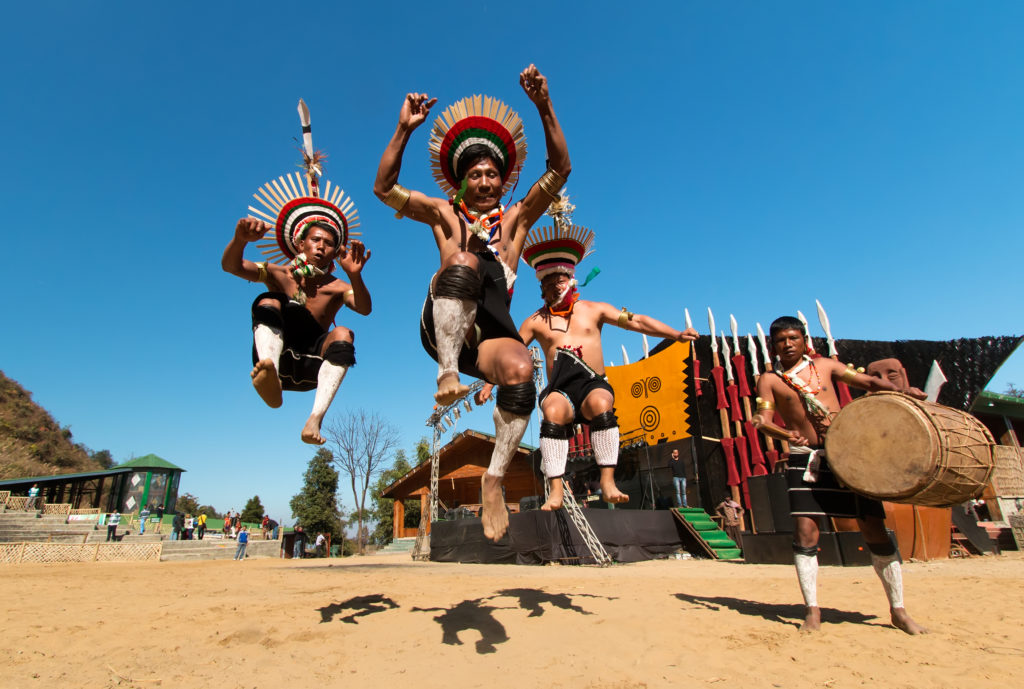
Hornbill Festival is also known as ‘Festival of Festivals’, for it is the gala of culture and life, not just from Nagaland but also from whole India. Named after the state’s most admired bird, the festival showcases the heritage, culture, and evolution of different tribes that live here for centuries. This festival one of the biggest and most loved North Eastern Festivals and attracts artists from all other states. The celebration is not complete without the Hornbill National Rock Concert, a culmination of great bands of India. To add spicy flavor, they compete to win but hitch the atmosphere with immense zeal and enthusiasm.
When: December 1-10 every year
Where: Kisama Heritage Village, in Kohima district
Highlights of the Festival
- Firstly, witnessing the livelihood of tribals
- Secondly, Naga Wrestling, traditional Archery, indigenous games
Ziro Festival of Music
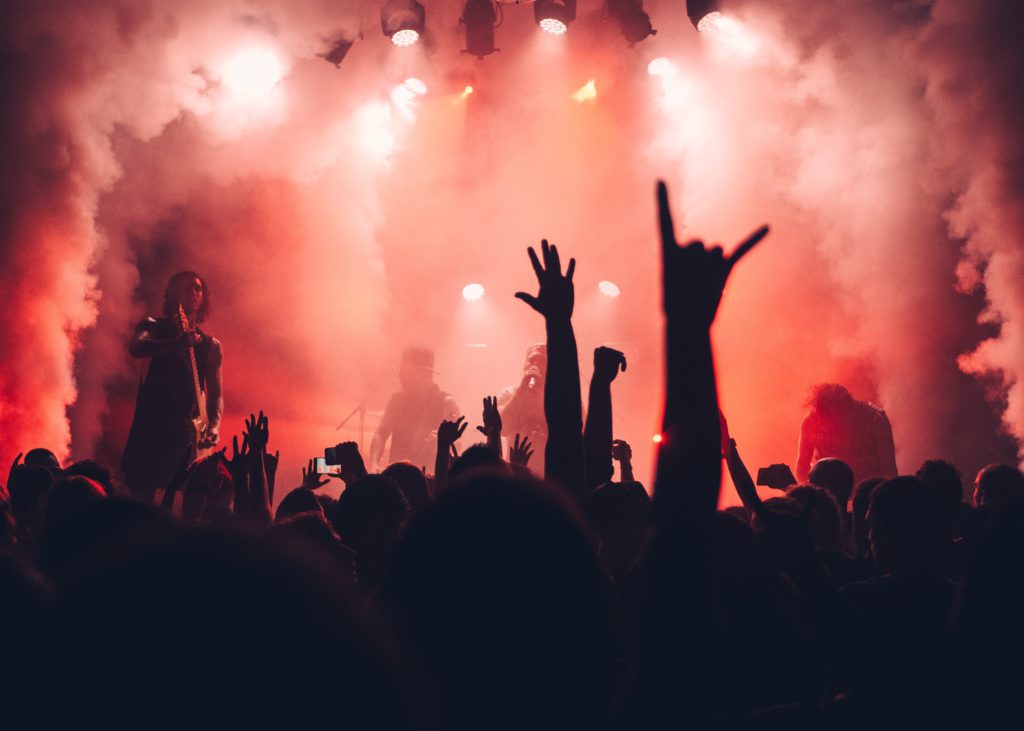
In the Ziro Valley of Arunachal Pradesh, every year, the Ziro Festival of Music occurs for four days. It is the demonstration of the Independent Music scene in India. Ziro is hosted by the local Apatani tribe of Arunachal Pradesh, which makes it even more enjoyable. Interestingly, prominent musicians Bobby Hano and Menwhopause guitarist Anup Kutty started it in 2012. It has hosted Lucky Ali, Peter Cat Recording Co, Barmer Boys and others in such a short span.
Not only that but folk acts are also performed from across northeast India. Camping, local food, picturesque location, natural landscape, and pine-clad mountains make up for a perfect holiday for all music lovers.
When: September
Where: Ziro, Arunachal Pradesh
Highlights of the Festival
- Firstly, knowing about the Apatani tribe who are lovers of music
- Secondly, stay close to the environment in tents
- Thirdly, local liquor Apong, Kala Apong, Marwa and different types of home-made wines like peach, pear, kiwi, pineapple
Moatsu Festival
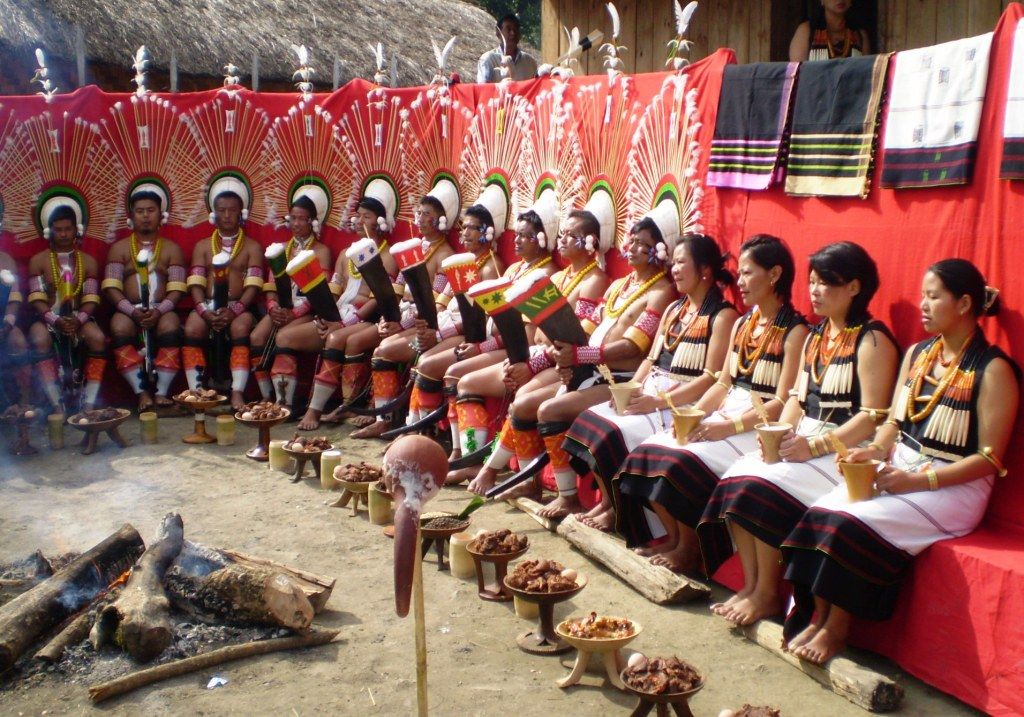
Ao Tribe of Nagaland celebrates Moatsu Festival for three days after the rigorous task of sowing and planting the fields, burning the crops, and clearing the Tsubü(water wells). It is a time of merry-making, enjoyment, and relaxation. Men and women dress up in their best attires and get ready to dance around the fire, eat meat and drink wine.
When: First week of May every year
Where: Mokokchung district, Nagaland
Highlights of the Festival
- The symbolic celebration is Sangpangtu, where a big fire is lit. Men and women sit around it in their best-woven attires.
Nongkrem Dance Festival
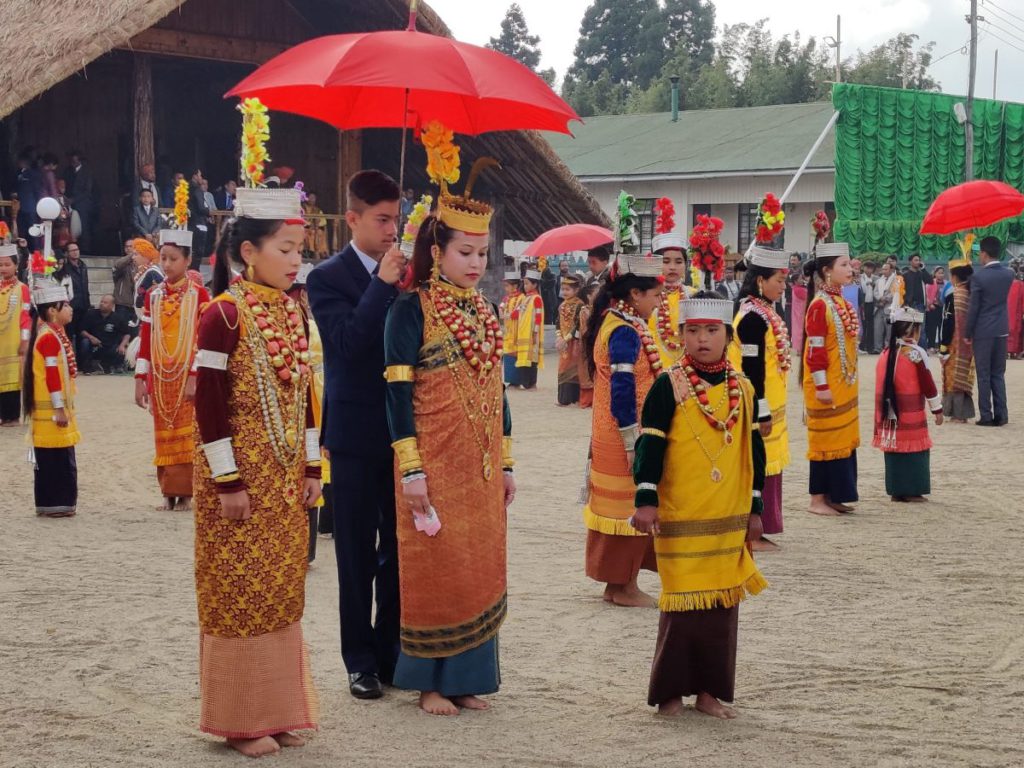
The Nongkrem Dance festival is a five-day harvest thanksgiving festival of the Khasi tribe. Inhabitants of the Khasi tribe perform colorful dances from their culture. To mark the occasion, people play Drums and Pipes. Khasi men wear silver or gold crowns on their heads, signifying the glory and dignity of the tribe. On the other hand, women wear gorgeous clothes, gold and silver ornaments, and flowers. The festival is a great way to showcase and preserve the rich heritage of the Khasi tribe.
When: November each year
Where: Smit, around 15 kilometers from Shillong
Highlights of the Festival
- Firstly, one notable feature of the festival is “Pomblang” or “goat sacrifice.”
- Secondly, the folkloric dance of the Khasi tribe
Ambubachi Mela
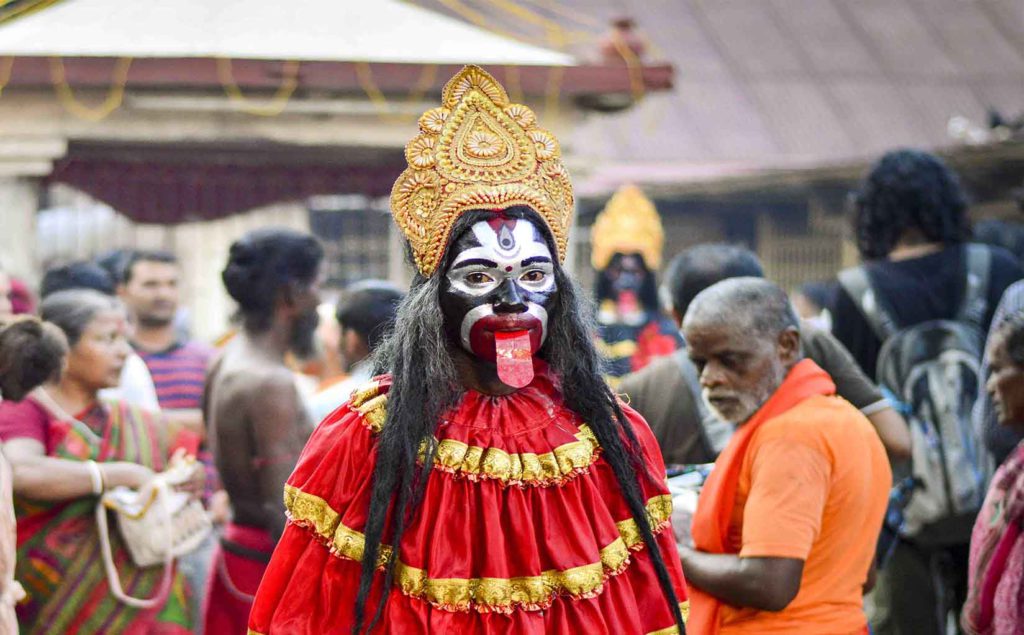
Also known as “Ameti” or “Tantric Fertility Festival”, Ambubachi Mela is the jollification for three days on the occasion of the annual menstrual cycle of goddess Kamakhya. Goddess Kamakhya is also known as the “Goddess of Desire”. The deity presides in the temple situated in the heart of Nilanchal Hills in Guwahati, Assam. It is considered a holy occasion. Assam sees people from far away lands coming to the temple to seek the blessings of the goddess. For three days, the temple remains closed, after which the goddess is bathed, and prasad is distributed among devotees.
When: Late June each year
Where: Kamakhya temple, Guwahati, Assam
Highlights of the Festival
- Firstly, the prasad is distributed in two forms – Angodak and Angabastra. Angodak means the fluid part of the body, and Angabastra is the cloth covering the body.
- Secondly, rural craft fair
Chapchar Kut
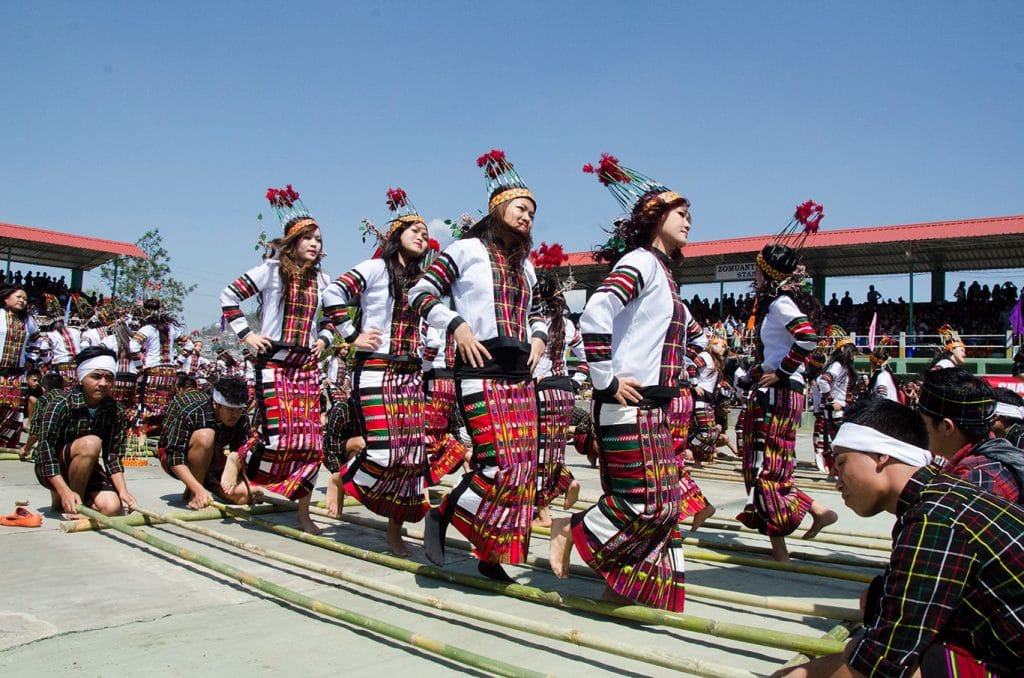
Chapchar Kut festival is gathering after the arduous task of Jhum operation, meaning jungle clearing. It is a spring festival upholding the virtues and values of Mizo culture. People dance, perform skits, take part in concerts, flower shows etc. The main idea of the celebration is to thank the god who saved the people during the Jhum on the hill slopes.
When: March every year
Where: Aizawl, Mizoram
Highlights of the Festival
- Cheraw Dance
Torgya Festival
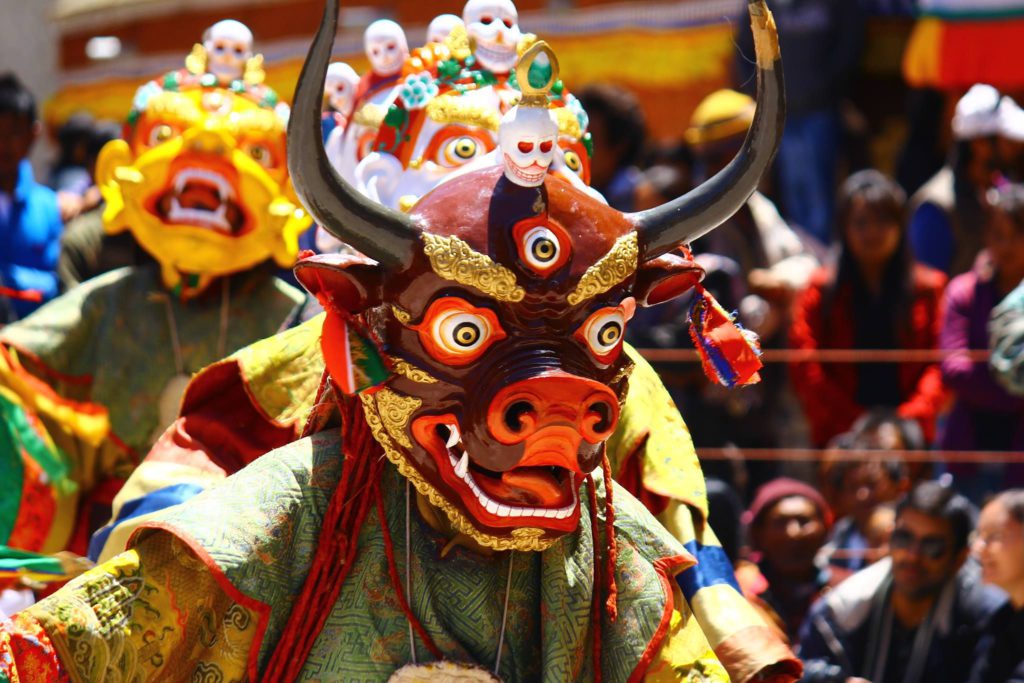
Also known as Tawang-Torgya, the Monpa tribe celebrates this festival in Tawang Monastery in Arunachal Pradesh. The people aim to pay homage to Lama Tsongkhapa, who was a Tibetan Buddhist Leader. The energy of the environment changes for those three days with text recitation, dance, and music soulful to the eyes. People wear animal-like costumes to perform various acts.
When: Late January each year.
Where: Tawang Monastery, Arunachal Pradesh
Highlights of the Festival
- Firstly, Chaam dance
- Secondly, Tseril, a type of sweet made by barley, sugar, and molasses, is distributed.
Bihu Festival
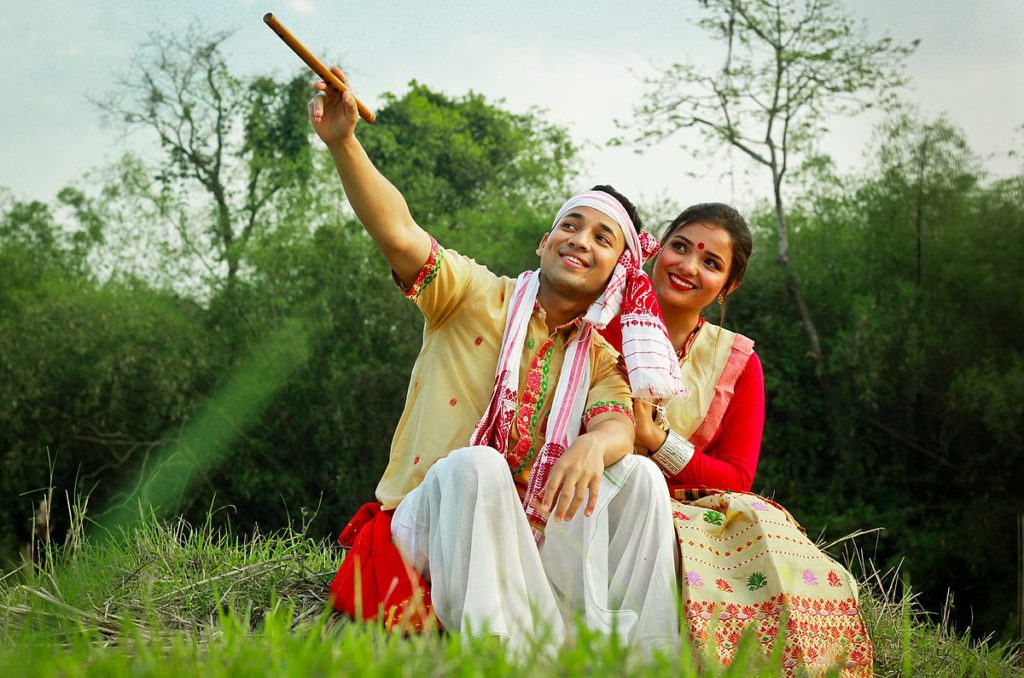
Bihu Festival marks the Assamese New Year and is celebrated mainly for seven days. Assamese people celebrate the Bihu festival thrice every year: Bohag or Rangoli Bihu, Kaati or Rongali Bihu, and Maagh or Bhogali Bihu. One of the grand affairs is Bohag Bihu, in which people pray to cows and bulls, greet and feed them. The three Bihu are Assamese festivals with reverence for Krishna, cattle, elders in the family, fertility, and mother goddess.
When: Three times in a year
Where: Assam
Highlights of the Festival
- Firstly, Relatives gift each other Gamosa/a hand-woven towel
- Secondly, Bihu Dance
Lui-Ngai-Ni Festival
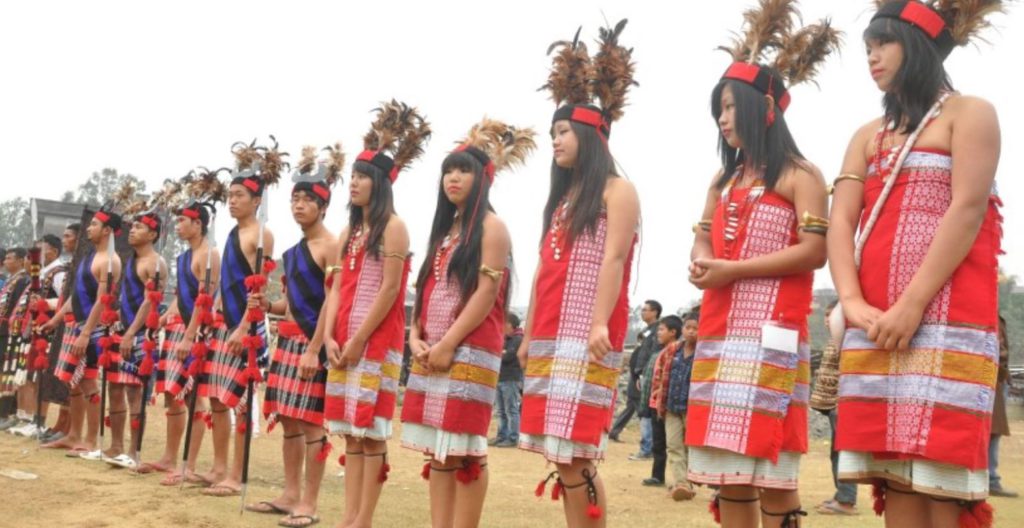
It is also known as the “Seed Sowing Festival” and is the second major inter-tribe Naga festival after Hornbill Festival. 15 February observes as a holiday every year. It marks the seed sowing season and is known for strengthening the bond between the Naga tribes. During the festival, people perform traditional dances, prepare various delicacies as a ritual, light fire, and sow seeds. It is a special occasion to appease the gods of crops and pray for the people’s well-being.
When: 15 February every year
Where: Manipur
Highlights of the Festival
- Witness oneness in diversity
Kharchi Puja
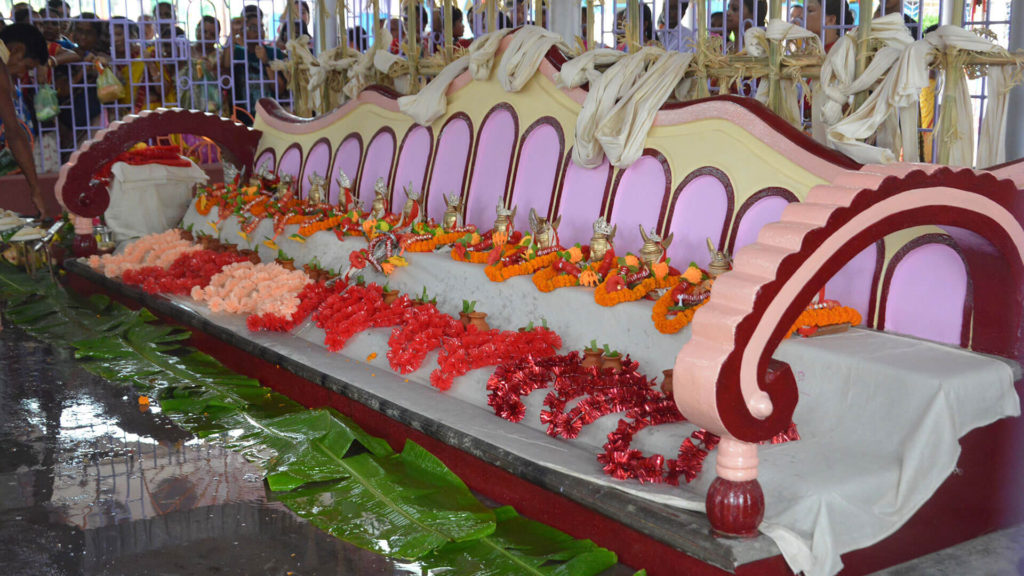
Karachi is a popular ten-day celebration in Tripura. The word Kharchi originates from the word “Khya”, which means “Earth”. Initially, only the royal households used to perform the pooja, but all common families perform it with changing times. It is marked by animal sacrifice and worshipping of 14 gods as Lord Shiva had instructed. Thousands of people attend it to enjoy the cultural fiesta.
When: July every year
Where: Agartala, Tripura
Highlights of the Festival
- The celebration of Kharchi puja starts 15 days after “Ama Pechi”. Ama Pechi is the menstruation of mother Earth. People do not dig the soil during this period.
In conclusion, multiple North Eastern Festivals happen and showcase the intention of oneness in diversity. Plan the Unplanned takes great pride in organizing numerous trips to the Northeastern region of India. Have a look at the list and choose your favorite.


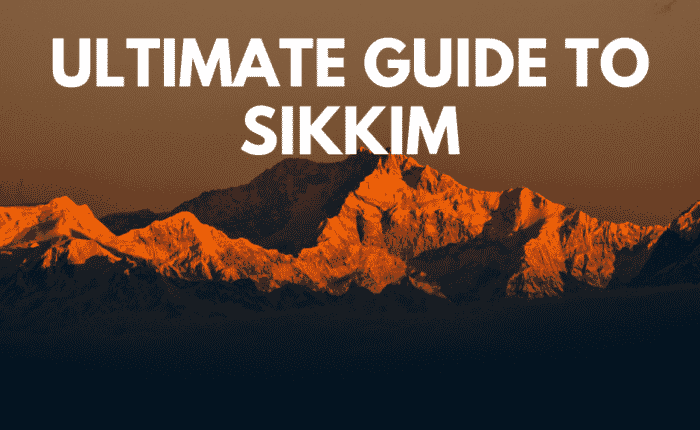
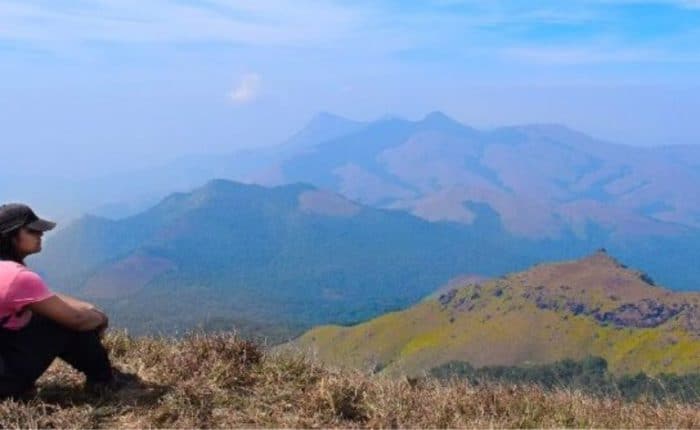
Thanks for the blog.Nice to know about North Eastern Festivals information.You can also check.